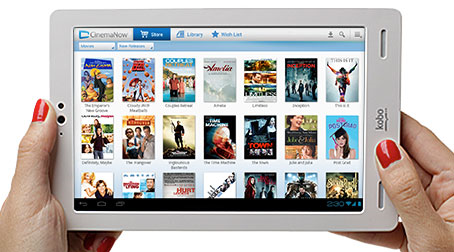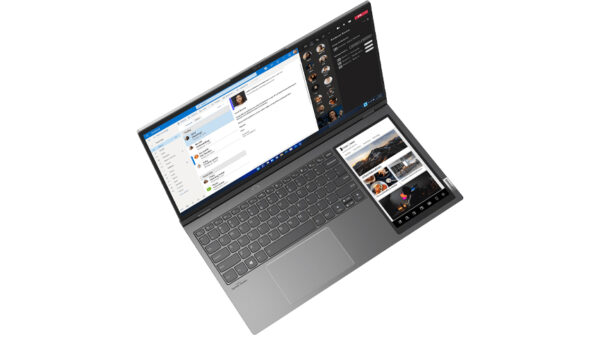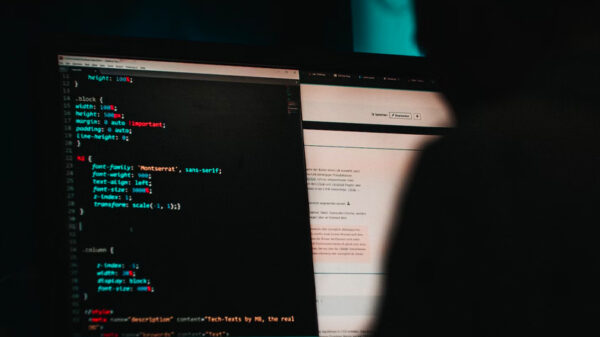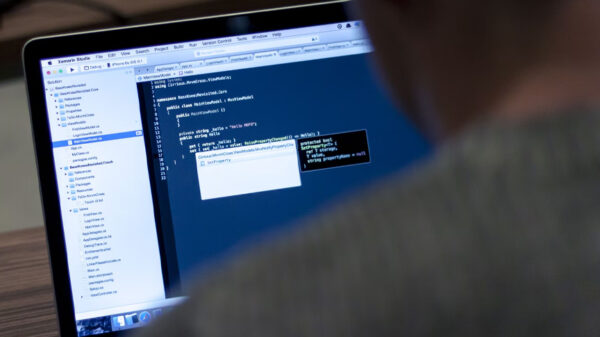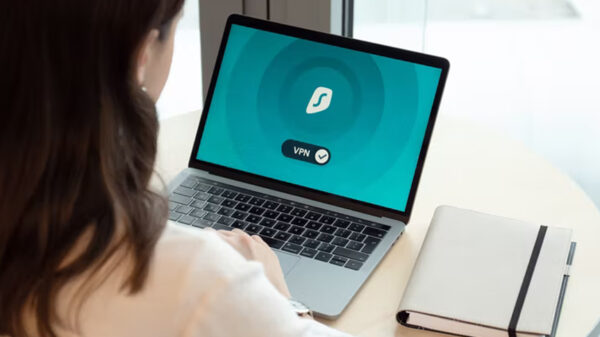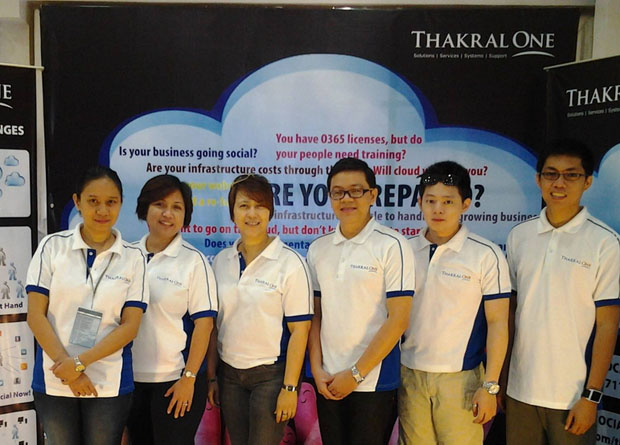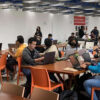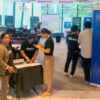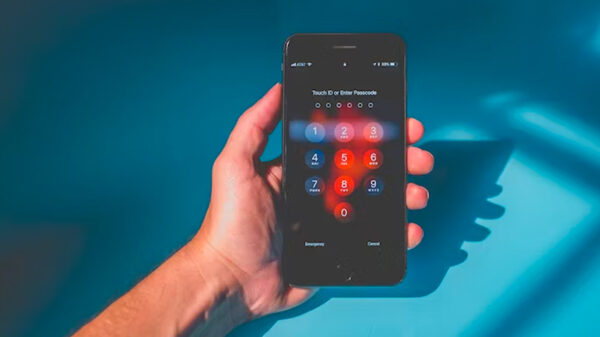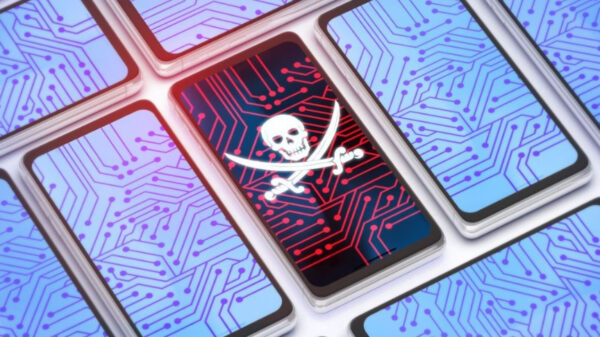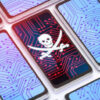More than half of the internet users in the Philippines have been hacked or infected with malware during the last six months of 2016, according to the Kaspersky Cybersecurity Index. Almost the same number of Filipino respondents admitted their lack of concern towards online dangers.
The Kaspersky Cybersecurity Index is based on a twice-yearly online survey of thousands of Internet users around the world, conducted by Kaspersky Lab. The sample in each wave of research represents the adult online population according to age and gender in every country of the study.
During last year’s second half, the global cybersecurity company surveyed 17,337 internet users from 28 countries around the world including 491 netizens from the Philippines.
The index includes three main indicators that provide a multi-dimensional picture of the level of danger users are currently exposed to online which include:
-
Unconcerned – the proportion of people not believing that they could be a target for cybercrime.
-
Unprotected – the number of users who fail to protect themselves from cyberthreats with the help of antivirus or Internet security software across all their desktops, laptops and mobile devices
-
Affected – the people who have experienced different cybersecurity incidents during the survey’s duration
The study’s results revealed 50% of Filipino netizens remained unconcerned about cyberattacks, which is 24% lower compared to the global average of 74%. This means more internet users in the Philippines already acknowledged their vulnerability online.
Filipinos also displayed better online protection habit as only 34% of the respondents are unprotected as opposed to the 39% global score.
On the other hand, 52% of the respondents from the Philippines confessed they were once affected by cybercrime incidents during the second half of 2016. This is alarmingly 23% higher than the recorded worldwide rate of only 29%.
“As compared to the global average, more Filipinos are aware of the dangers in the internet, and more internet users from the Philippines are also safeguarding their devices with security solutions. This behavior is definitely commendable, yet, is clearly not enough. The high percentage of users in the Philippines who were hacked or infected with malware last year showed cybersecurity is more than acknowledging the risks present online and installing security solutions to combat them. Filipinos’ defenses against cyberattacks should go beyond awareness and security software, it is high time for netizens to develop a better cyber-self-defense instinct that automatically turns on when they go online,” says Sylvia Ng, General Manager at Kaspersky Lab Southeast Asia.
In terms of the types of threats encountered by Filipinos, the index revealed virus or malware infection is still the top cybersecurity incident in the country at 43%.
This was followed by account hacking and data intercepting while devices are in use, both at 10%. The survey also showed 9% of internet users in the Philippines were tricked into sharing private or sensitive details online and the same percent were victimized by ransomware.
There were also some Filipino netizens whose devices were hacked (6%), whose data was leaked by a third party (6%), who experienced financial fraud (6%), and whose devices was used for a cyberattacks (6%).
“The prevalent attacks in the Philippines can be prevented and avoided with an effective security solution and a mindset which is highly concerned and always on guard on anything suspicious and too-good-to-be-true tricks that cybercriminals always use online. We, at Kaspersky Lab, believe that while there is no such thing as 100% secured networks or devices, it always pays to be cybersavvy, for our online habits are our first line of defense against the evils in the internet,” adds Ng.
To help Filipinos in understanding what it means to be cybersavvy, Kaspersky Lab shares the important characteristics of cybersavvy people:
-
They know that they are responsible for their safety.
-
They understand what’s inside the internet.
-
They understand where their weaknesses are and how they can reduce the probability of encountering a threat to a minimum.
-
They know that their accounts and files stored on their device are no less valuable than the passport data, the wallet or other things in the real world.






















